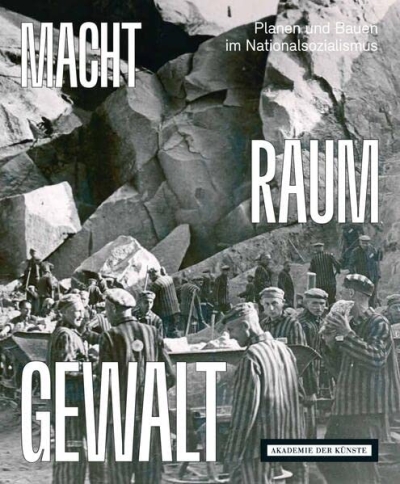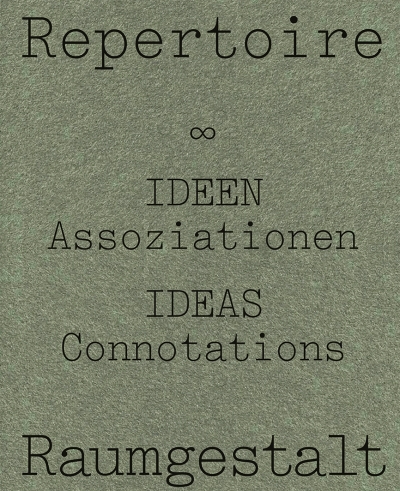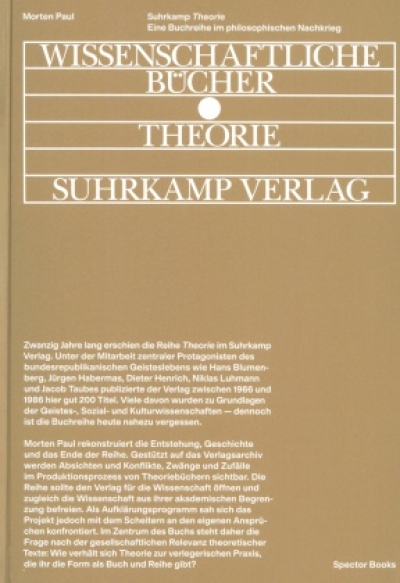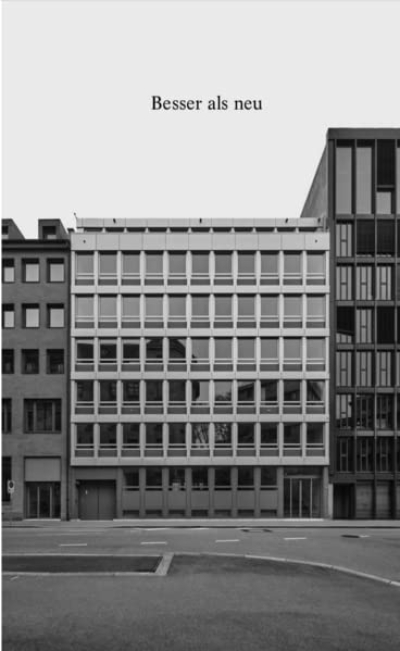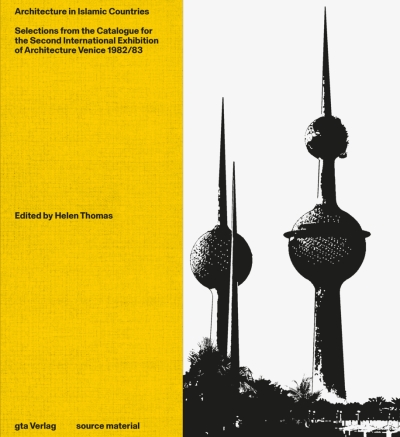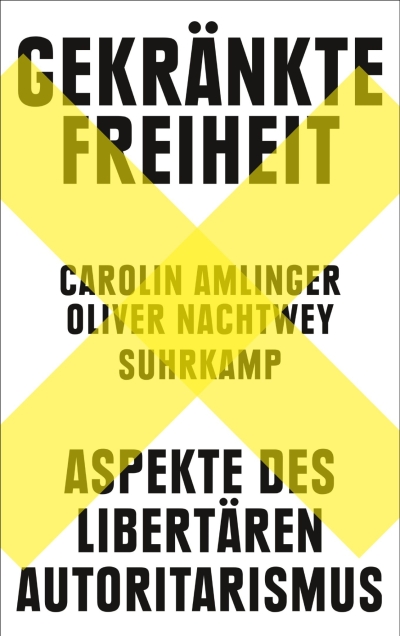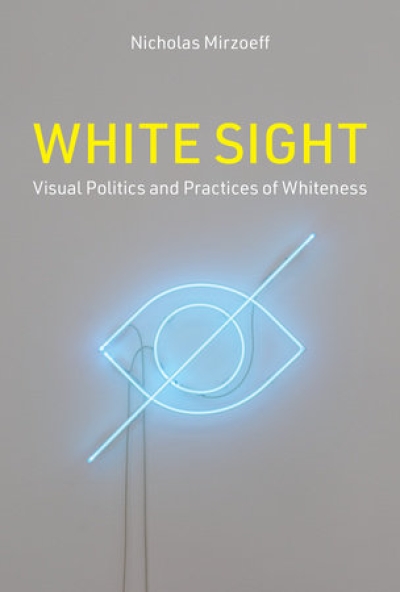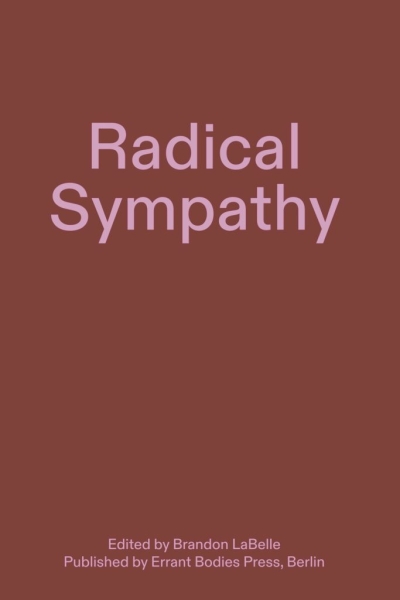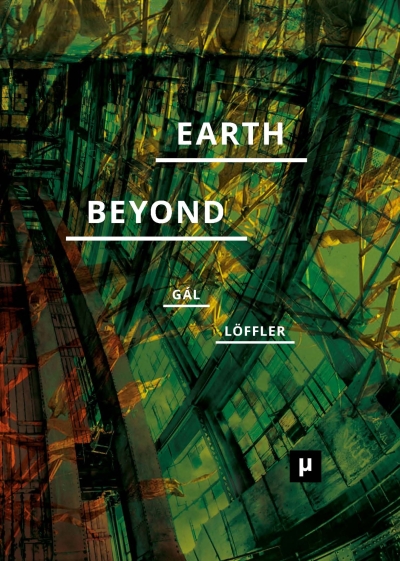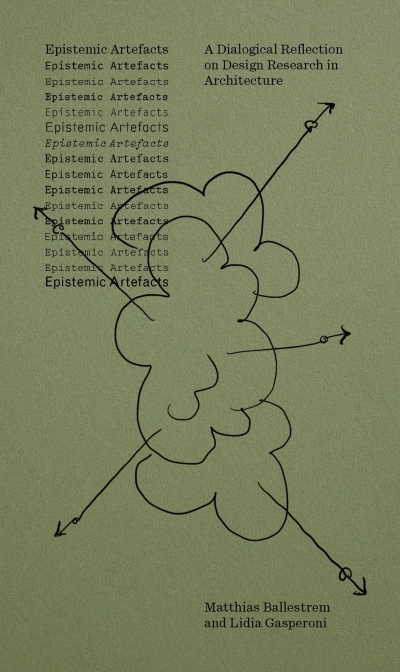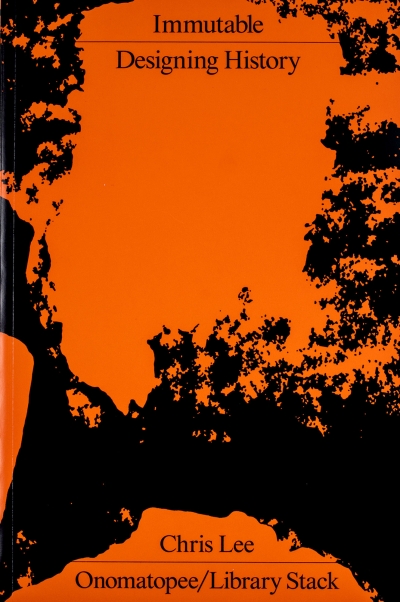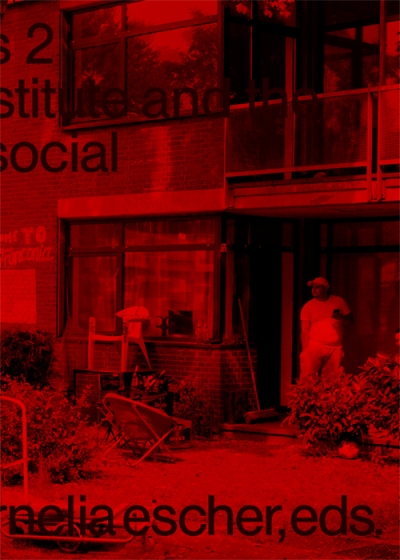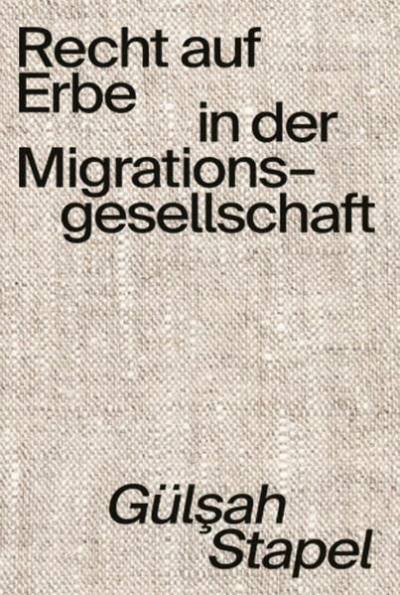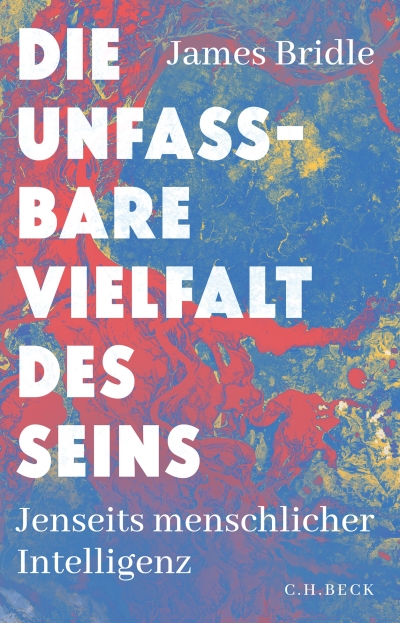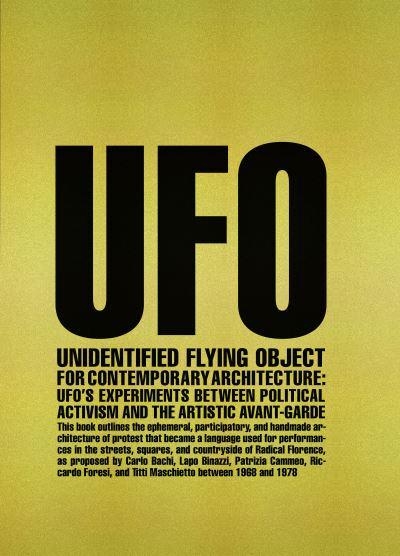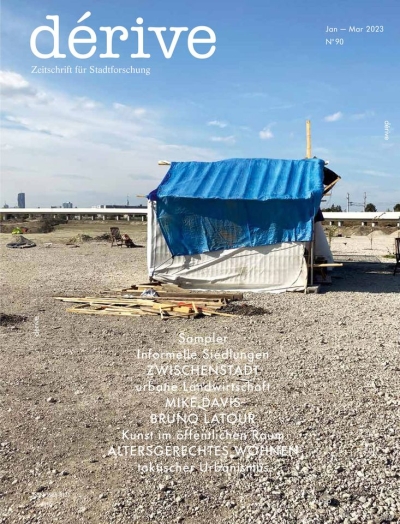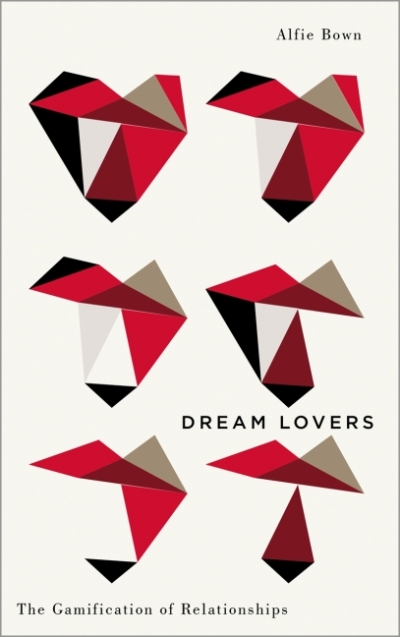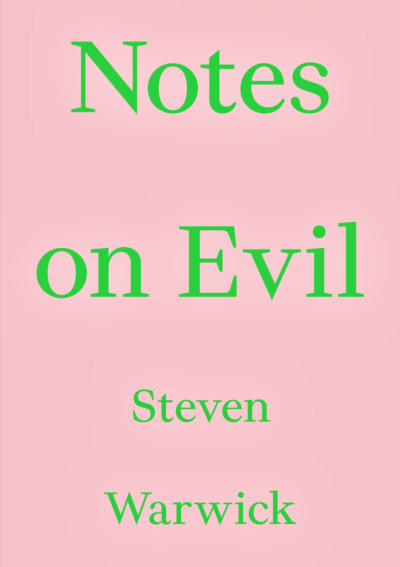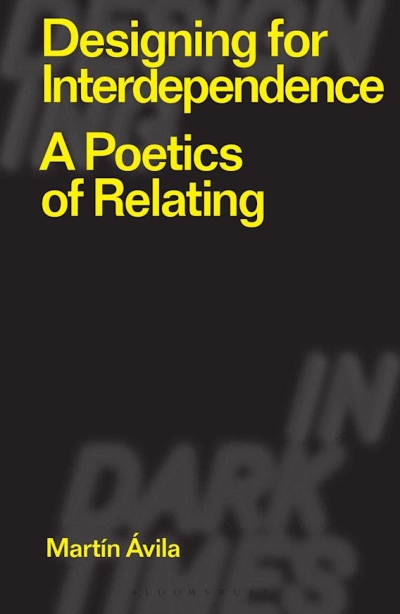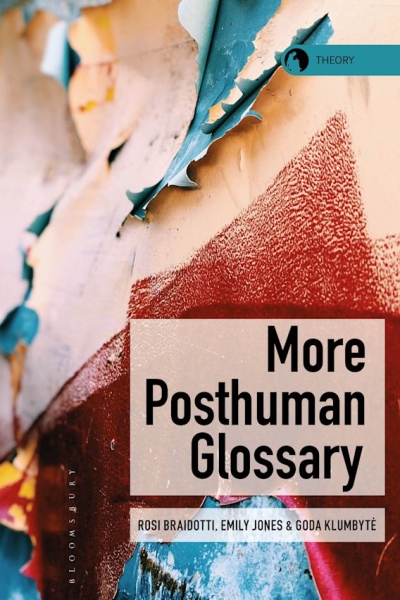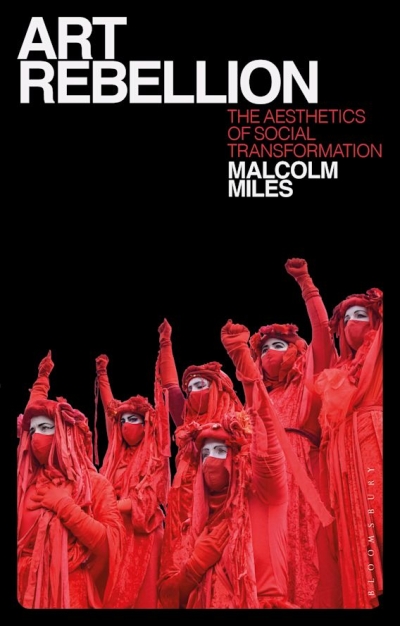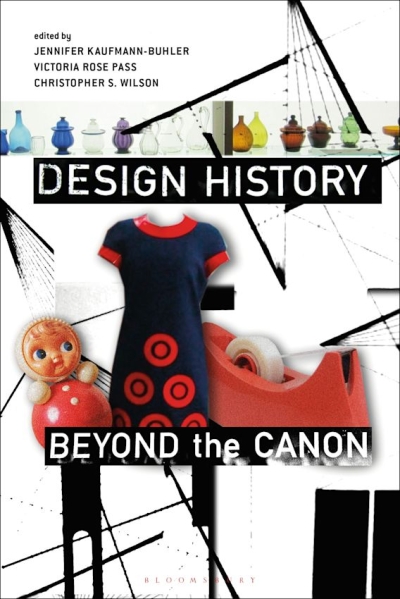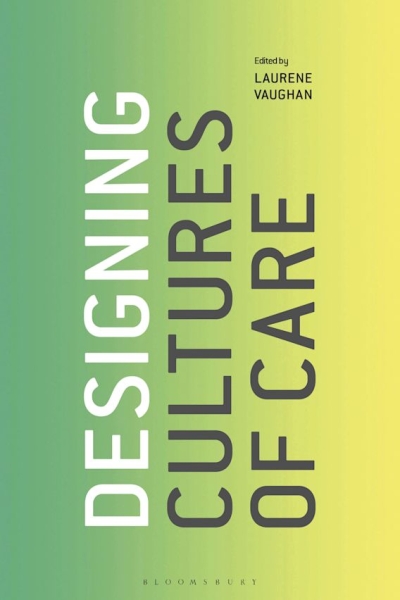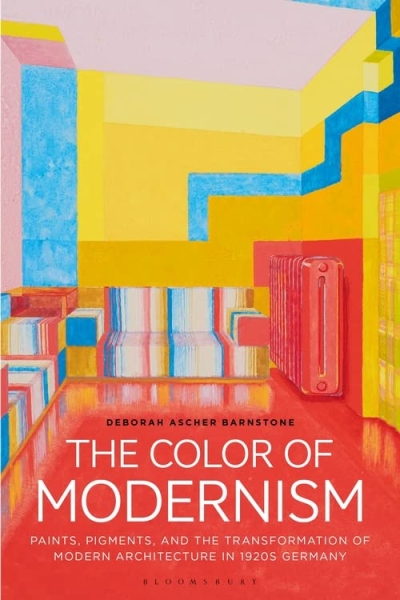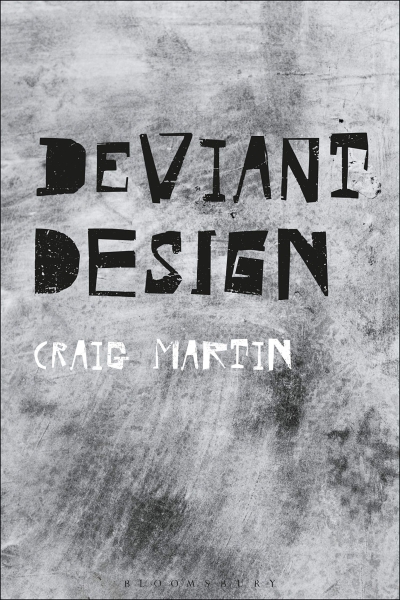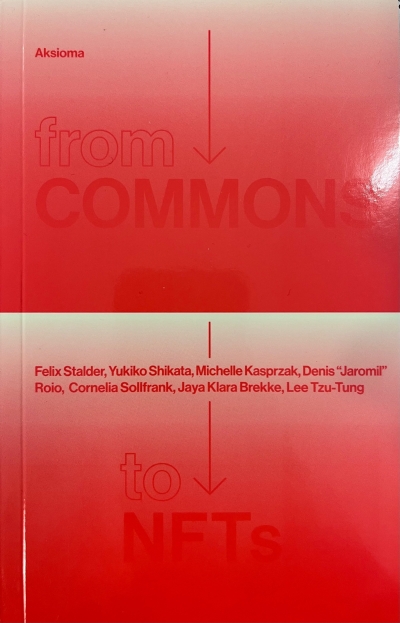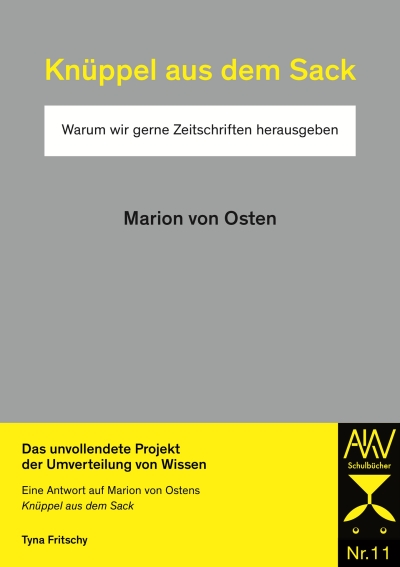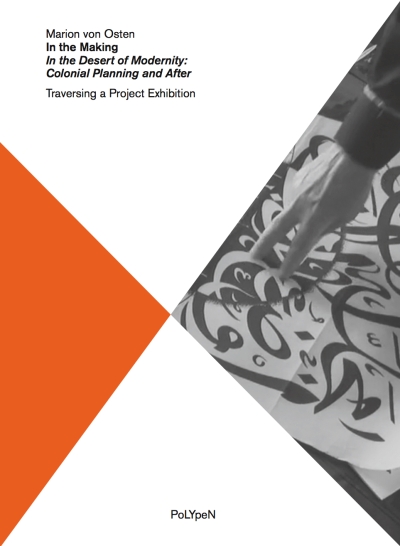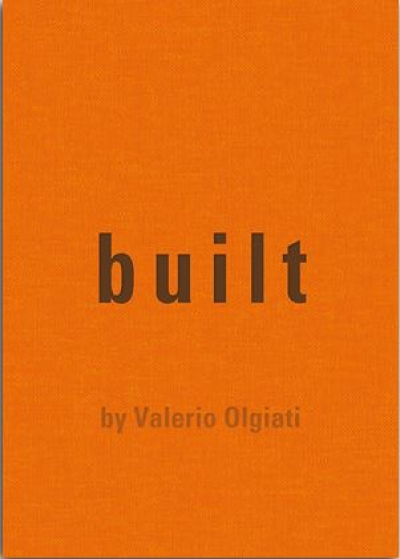
Lovely Language. Words Divide Images Unite
The world speaks in about 7000 tongues, and countless dialects. For centuries, people have tried to overcome this tower of Babel. For instance by propagating one language or by making a new language, such as Esperanto. But the language which today is best understood world-wide does not consist of words, but of images. A universal visual language was the ideal of two Modernists: the social scientist and philosopher Otto Neurath (1882-1945) and graphic designer Gerd Arntz (1900-1988). In Vienna, from the 1920s onward, they developed more than 4000 icons, which together formed Isotype: a visual language in which important information on society, politics, economy and industry could be summarized, also for those who could not read well. Thus Neurath's motto: 'words (which not everyone can read) divide, images (which can be understood by all) unite.' Nowadays, the whole world communicates in images. But with its dissemination, this lovely language for all spawns more and more dialects. Visual language has grown up; everyone understands its basics, but individuals vary on it to write their own visual poetry.
'Lovely Language' features work by a.o.: Otl Aicher, Gerd Arntz, Lars Arrhenius, Ruedi Baur, Gert & Derk Dumbar, Fabrica, Mieke Gerritzen, Nigel Holmes, Susan Kare, Max Kisman, Pippo Lionni , Koert van Mensvoort, Paul Mijksenaar, Otto Neurath, Charles Sandison, Andreas Siekmann, Erik Spiekermann. This book aims at providing material for the discussion about visual communication tomorrow. Are the generic guidelines of Otto Neurath and Gerd Arntz still valid? Or have they become embedded into a visual language that by now goes well beyond their project? And what is the future role of designers and communicators in using and expanding this language?
